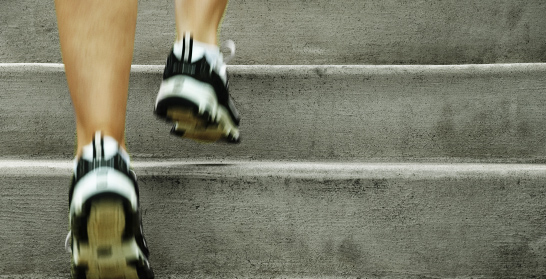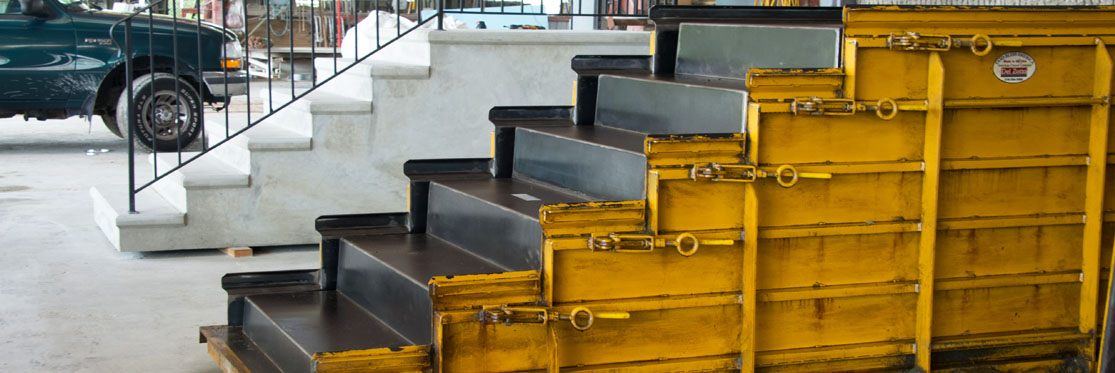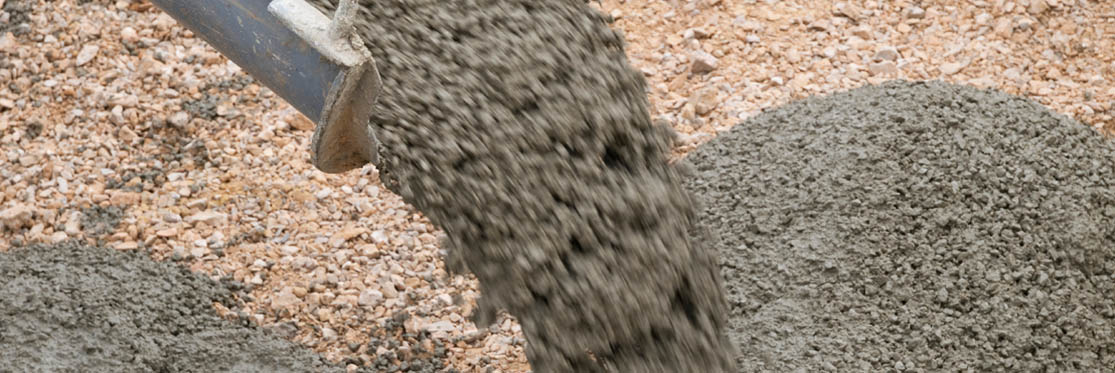When making improvements to any building, you might find yourself considering installing concrete steps. Concrete is durable, highly fireproof, resilient in most climates, low maintenance and easy to clean. You can also paint it to improve its aesthetic (though you certainly don’t need to).
At Del Zotto Products of Ocala, FL, we make the best steel forms for precast concrete on the market. For obvious reasons, we prefer precast concrete steps, but poured in place concrete steps are also a viable option. Keep reading to learn more about the pros and cons of each type.
Precast Concrete Steps
For one thing, precast concrete steps are less labor-intensive than their poured in place counterparts. Because they can be mass-produced to a set of specifications, they are also more affordable—about half to a third of the price of poured in place concrete steps.
Moreover, you don’t have to wait for good weather to install them. They can be installed in any conditions in under an hour, and you don’t have to wait for the concrete to cure because it’s already finished. Precast concrete steps are more durable and consistent in appearance because they have been cast and cured under controlled indoor conditions.
As for their ecological footprint, these steps are greener because they use less material overall and frequently incorporate recycled content, such as fly ash, slag and cement.
One disadvantage of precast concrete steps is that they can’t be altered once cast. Because they are molded and cured in a factory, they must be pre-measured to accurately fit certain dimensions.
Poured In Place Concrete Steps
One major advantage of poured in place concrete steps is that established contractors are familiar with the installation procedure through years of experience using this method. They are also trained to troubleshoot any problems that arise.
Next, poured in place concrete is extremely sturdy. In order to set the bottom step, the contractor must dig down into the ground. As a result, there is no need for supplementary bracing, as there would be when using precast concrete. Poured in place concrete steps are also strong enough to support the installation of handrails, improving aesthetic value as well as safety.
These steps are easy to connect and repair, and they offer flexibility with adjustments that can be made on site. If you want more freedom over the look and design of your steps, you should go with poured in place concrete.
A significant disadvantage of poured in place concrete steps is that they are highly labor intensive. Unlike precast concrete steps, the installation requires pouring a footing, followed by building removable forms to mold the rest of the steps. Similarly, a cement truck is generally required to mix the concrete on site.
When it comes to choosing a casting option for your concrete steps, you should consider which type best fits your needs and lifestyle. After examining the labor intensity, associated costs and overall durability, you should feel confident no matter which method you choose.
If you choose precast concrete steps versus poured in place, Del Zotto Products can help you build the staircase of your dreams. We offer precast concrete step forms and lessons on how to use them. For more information about our step forms or any other precast concrete forms, contact us or connect with us via social media.




Last night, my father talked to me about not needing a supplementary bracing for the poured in concrete work that we’ll be doing for his concrete steps. He told me this after I asked him if he’ll need any type of bracing for pouring in the ready-mix concrete that I got for him. I guess knowing that we won’t need this would probably make the job go smoothly and quicker. http://www.rpepin.com
We are glad this article was helpful to you and your dad on this new project!